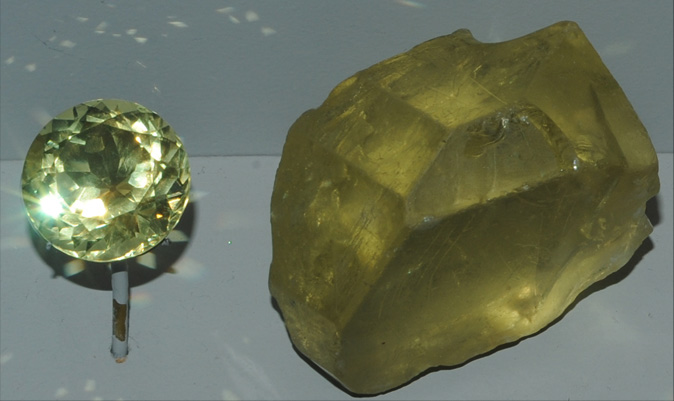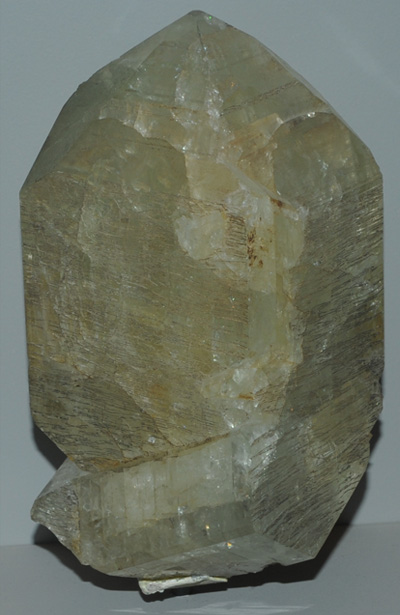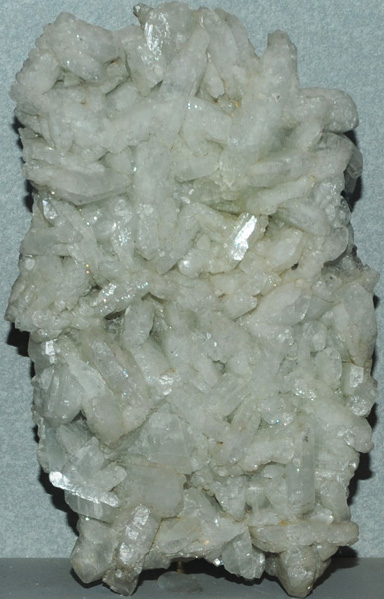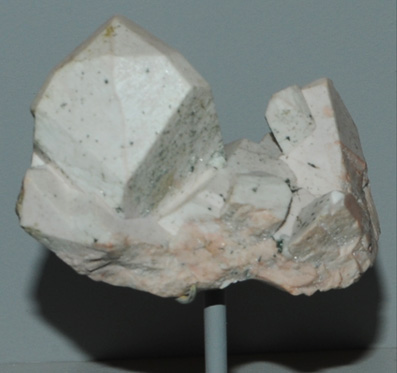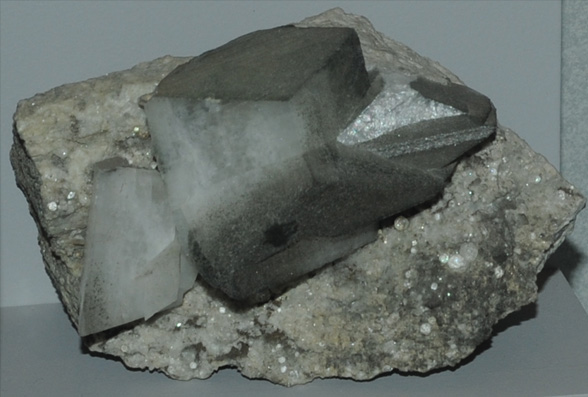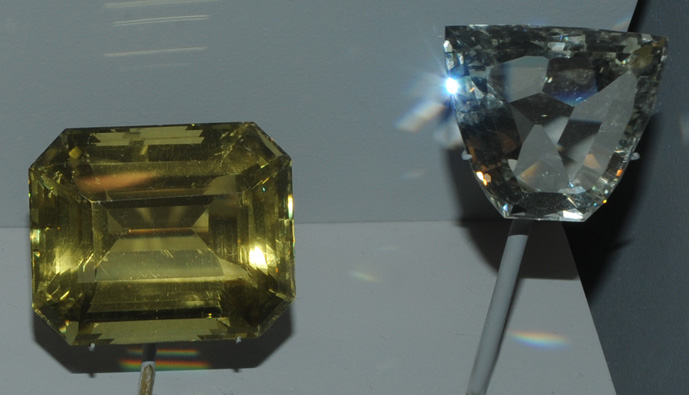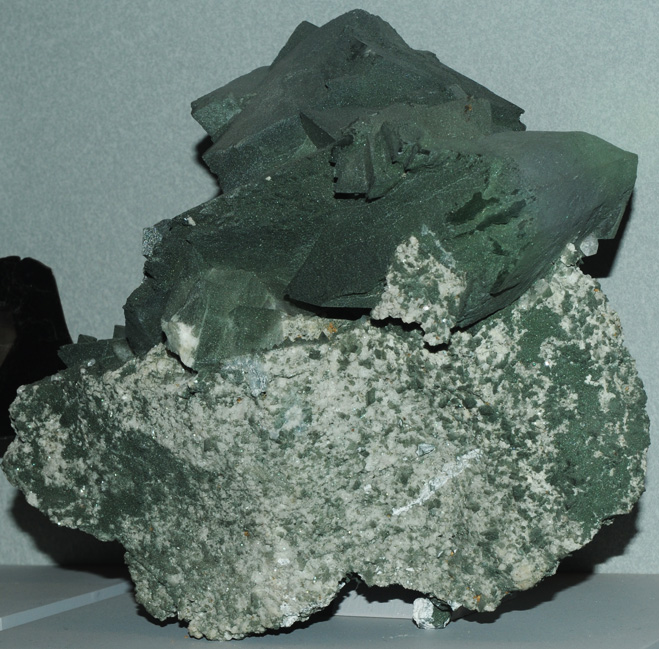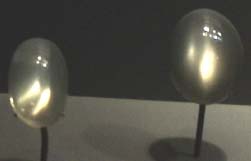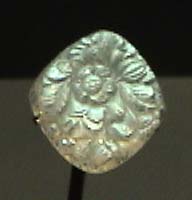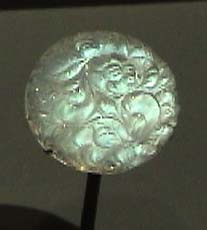Feldspar
 Plagioclase  Orthoclase |
Feldspar is a name given to a class of aluminum-containing silicates which are sometimes called light silicates or "nonferromagnesian silicates" since they don't contain iron or magnesium. The feldspars include orthoclase (KAlSi3O8) and plagioclase ((Ca,Na)AlSi3O8). Note that the plagioclase differs from the orthoclase in terms of the additional metals, plagioclase having calcium or sodium and orthoclase having potassium. The feldspars have similar physical properties and typically have a luster ranging from glassy to pearly. They have two planes of cleavage meeting at or near 90° and are relatively hard, having Mohs hardness of about 6. Other members of the feldspar series are anorthite (CaAl2Si2O8) and albite (NaAlSi3O8). These are extreme members of the feldspar series. The feldspars are the most abundant minerals on the earth. |
| Minerals |
| Selection of common minerals |
Lutgens & Tarbuck, Ch 2.
| HyperPhysics***** Geophysics | R Nave |
